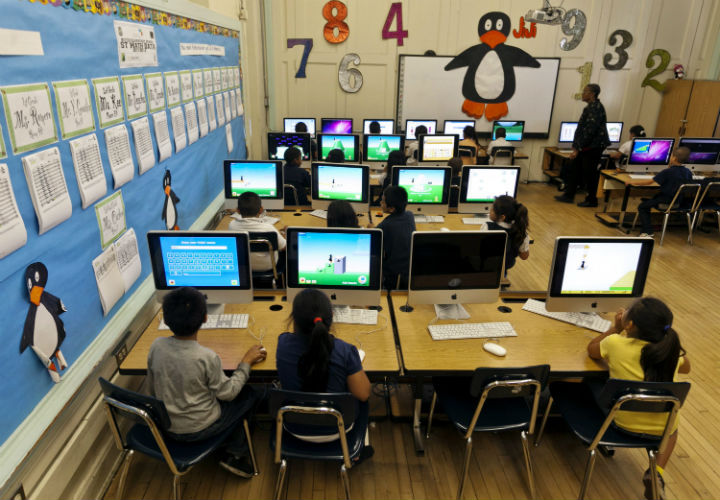VICTORIA – Lost in the increasingly bitter fight between the B.C. government and the B.C. Teachers’ Federation is the fact that a genuine crisis seems to be developing in many classrooms around the province.

And it’s a crisis that is not about how much a teacher earns or how many kids are in the classroom (although that can be a contributing factor) or whether there are enough school supplies to go around. No, this is about the mental health of students.
Teachers and physicians have noticed a significant rise in anxiety among young people, for example. According to Dr. Steve Mathias, the head of youth mental health programs for the Vancouver Coastal Health Authority, this can result in kids “self-medicating” themselves with drug use by their mid-teens. Mathias, in a presentation to the legislature’s child and youth committee last month, noted about 14 per cent of young people aged 12 to 17 will have a mental health problem in any given year. He also said the number of young people going to emergency rooms with mental health issues has almost tripled since 2008.
Anxiety and depression are two dominant mental health issues for young people, Mathias said, and he noted there simply are not resources (i.e. funding) deployed to deal with this rising problem.
Last week, I asked teachers (via Twitter) to send me their stories about what they see in their classroom when it comes to issues like anxiety and other mental health challenges. Their responses were eye-opening and worrying.
About two dozen teachers all told me they have noticed a significant rise in anxiety and depression among their students in recent years. Most said this wasn’t a case of one or two kids in a class showing signs of anxiety, but more like a half dozen.
They attribute this growth in anxiety to several factors, the most notable and prevalent being the rise of social media. Schools have long been challenging for kids trying to conform or fit in, or to stand out among their peers.
Social media, particularly Facebook and Instagram, have raised those challenges to a whole new level. Some teachers also pointed to the fact that kids have much more rigid routines now, and are pushed into more activities by so-called “helicopter parents,” who pressure them in ways not seen as much in the past.
One teacher, who has taught elementary school for 12 years, said she notices students spend less time reading and less time playing. Their problem-solving skills have eroded, which leads to more stress.
“I find students’ ability to problem solve in the classroom has declined significantly over the course of my career and I feel that adds to their stress levels,” she wrote to me. “They are used to parents solving things for them and feel stressed when they need to solve things for themselves.”
A teacher in Richmond says he has noticed a significant rise in anxiety among teenage girls, and puts a lot of blame on social media.
“They check Facebook often, are texting more and more between classes, at lunch, at home, etc. I think because their brains are still forming, they literally can’t handle the over-stimulation technology creates,” he wrote.
As a result, he said, he sees more eating disorders, more self-mutilation, higher rates of sexual promiscuity and what he says is an inability to handle “boring” moments.
Some mental health issues can be even more severe in school. One teacher (no names here, as I promised all anonymity) wrote to me that one of her seven-year-old students was so violent that it had turned her classroom into a nightmarish situation, where all kids became anxious and frightened.
“This violent child is in a classroom with 20 other children. Seventeen are ELL, of which one child has two words (bathroom and no) and a second child has about 150 words. I have two ADHD, one ADD and four seeing the school counsellor because of problems at home,” she wrote, adding the whole situation has made everyone tense and anxious.
Obviously, what’s going on in classrooms these days is far different than 10 or 20 years ago. The result is that teaching appears to be a more difficult and challenging job than ever before.
And it doubtless appears that more must be done to deal with what everyone seems to agree is a rapidly deteriorating situation. More resources (for example, more special education assistants) are obviously needed, but even that may not be able to solve a crisis that seems to be enveloping the modern education system.



Comments